In recent years, the frequency and intensity of major disasters has drastically increased. This is creating new challenges for regional emergency response teams. When local and state resources are overwhelmed, a governor can request assistance from the National Guard. The National Guard logged more than 10.9 million days of domestic active duty in 2020, the most since World War II.
Comprising of 54 separate state-based military forces, each National Guard is responsible for managing the response of their own state issued requests. Recently, their missions have involved response and recovery efforts during the coronavirus pandemic, severe weather incidents, wildfires, and civil unrest. Although their responses often undertake a set of very similar challenges, some states have more resources than others.
The Civil Support solution delivers a set of capabilities that help National Guards understand personnel readiness, manage operations, allocate personnel and resources, and communicate status to internal stakeholders during the lifecycle of these responses.
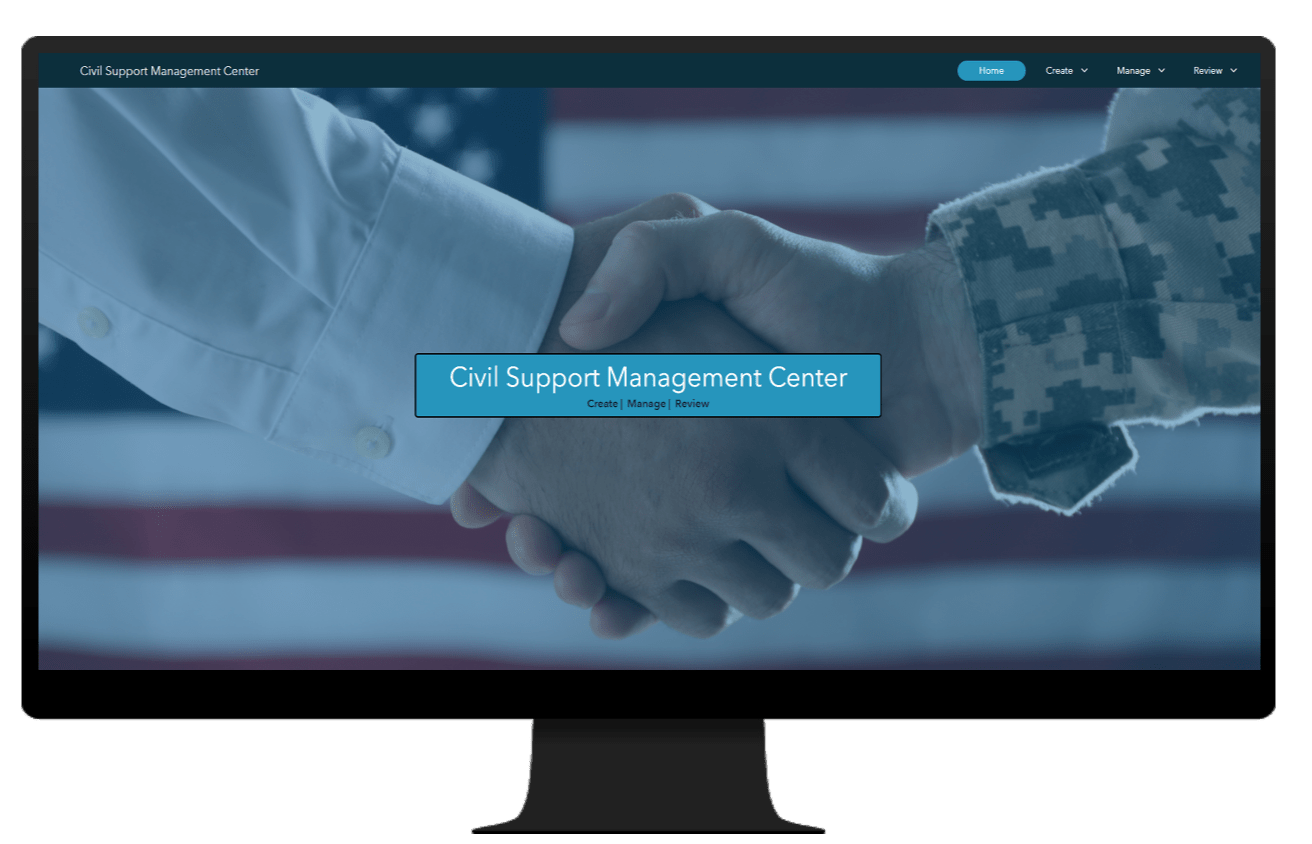
Understand personnel readiness
When the National Guard receives a request for assistance it is paramount that administration, operations, and leadership understand who is available to respond .
The Civil Support solution includes a series of readiness reports that can be leveraged to gather this information. Individuals provide status of their availability by using an individual readiness report. Administration provides status on behalf of an entire unit by using a batch readiness report. The incoming information can then be immediately reviewed by operations and leadership to begin planning a response.
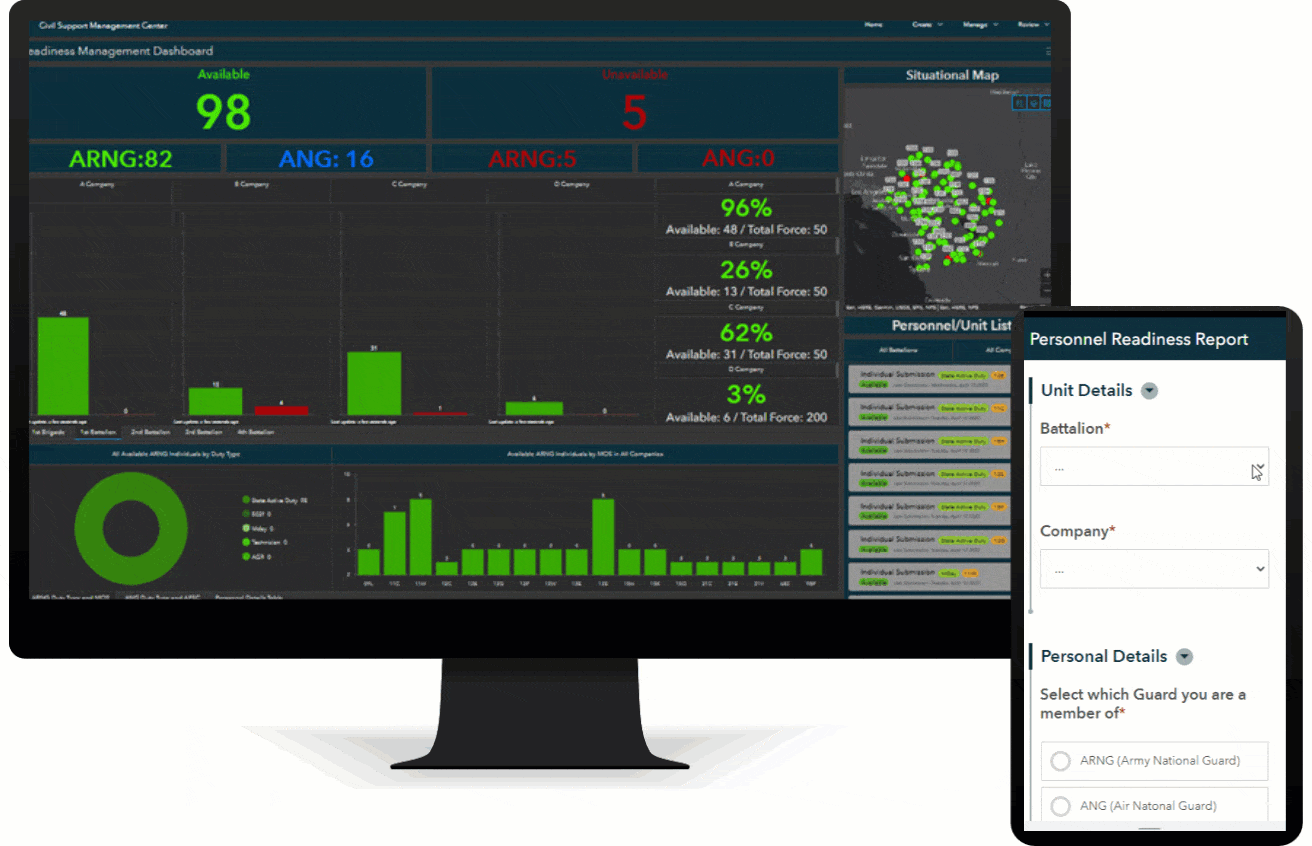
Effectively manage operations
Once a request for assistance has been accepted by the National Guard, missions are established by operations staff.
The Civil Support solution includes a series of apps that provide operations staff with the ability to establish an event and manage corresponding missions. While local authorities request assistance with missions like evacuation, traffic control, and security, operations staff can track these using the Operations Dashboard app.
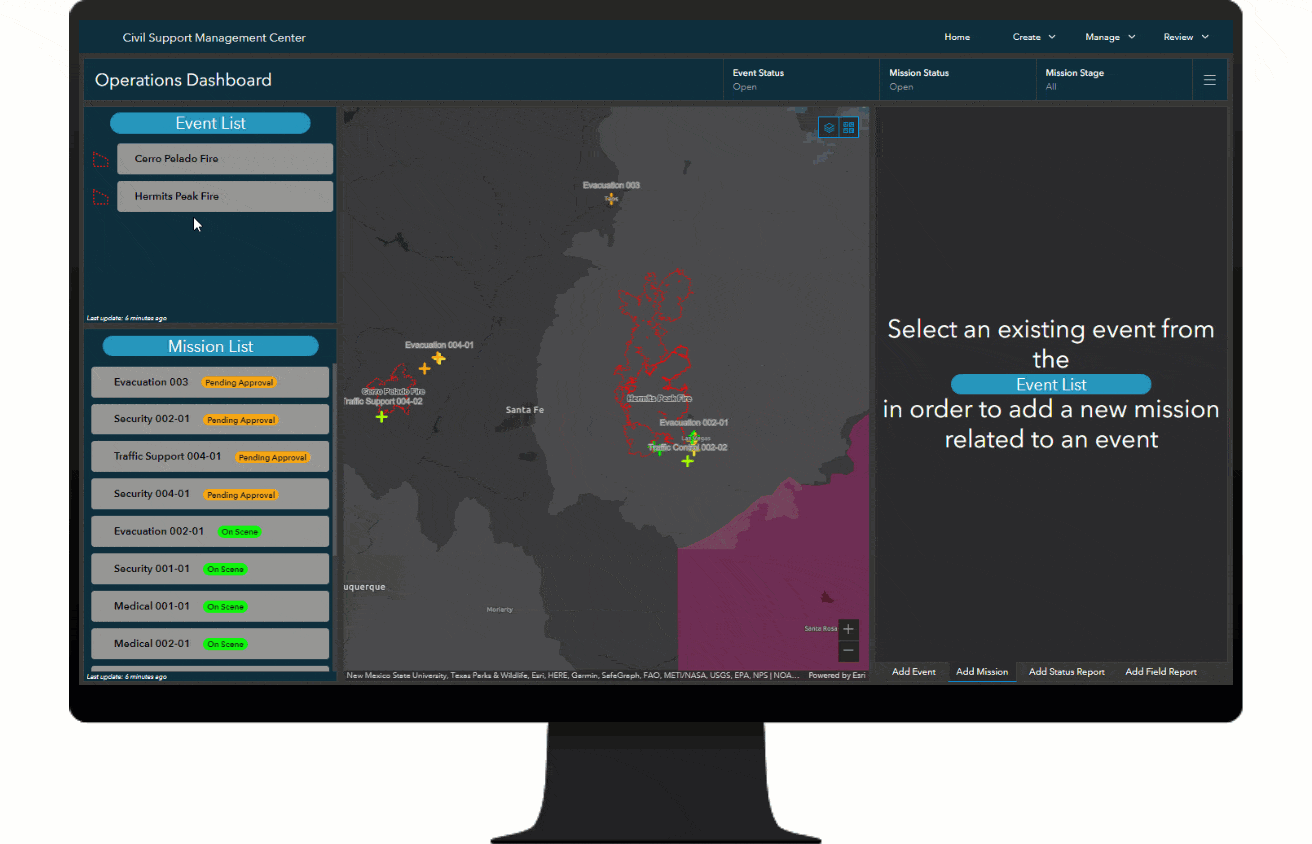
Advance coordination strategy
Combining the knowledge of personnel readiness with where missions have been requested, operations staff can begin designating personnel and resources to each mission.
The Civil Support solution includes the Personnel Tasking Center and Resource Tasking Center apps which can be used to fulfill the tasking requirements of a mission.
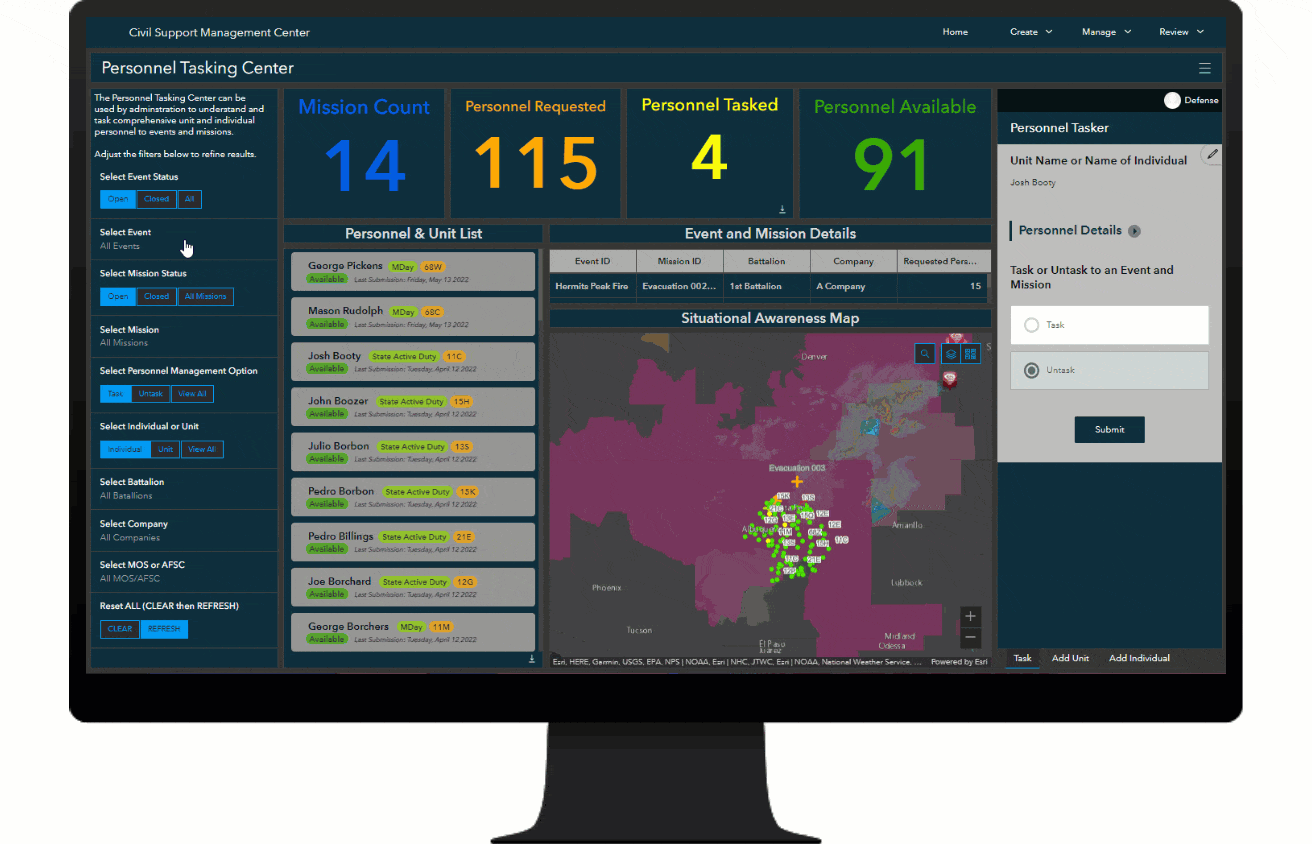
Maintain situational awareness
Finally, a series of dashboards can be used by leadership to maintain situational awareness of mission progress in real-time.
Dashboards displaying status of operations, personnel readiness, and resource inventory can be reviewed by easily navigating between the views.
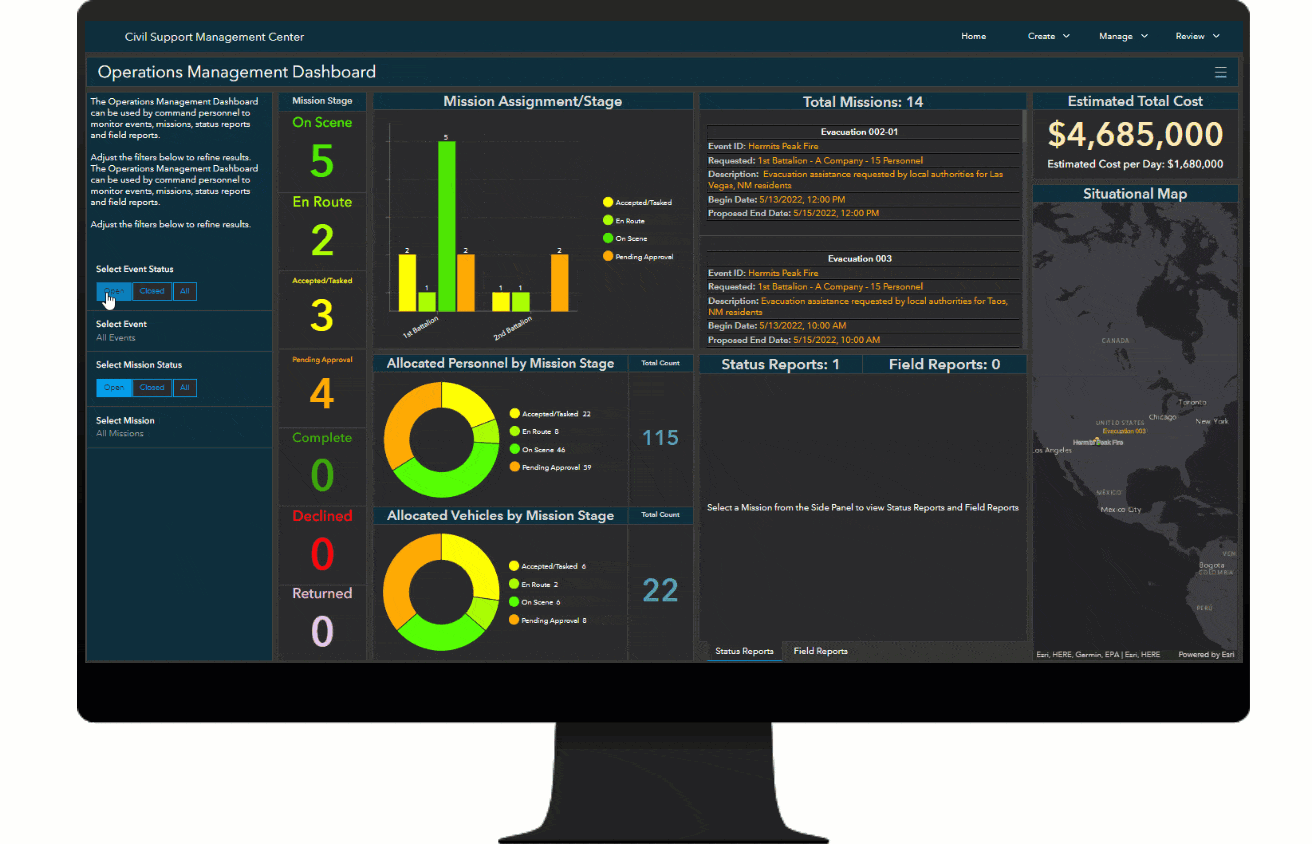
Additional resources
Learn more about Civil Support and how you can quickly deploy this solution on the ArcGIS Solutions site. For questions and feedback, chat with us on Esri Community or contact Esri Support Services.
Note, the April 2022 release also includes improvements to Operations Management, Readiness Management, and Resource Management. These solutions are all incorporated into Civil Support, but can also be leveraged individually to fit your needs.


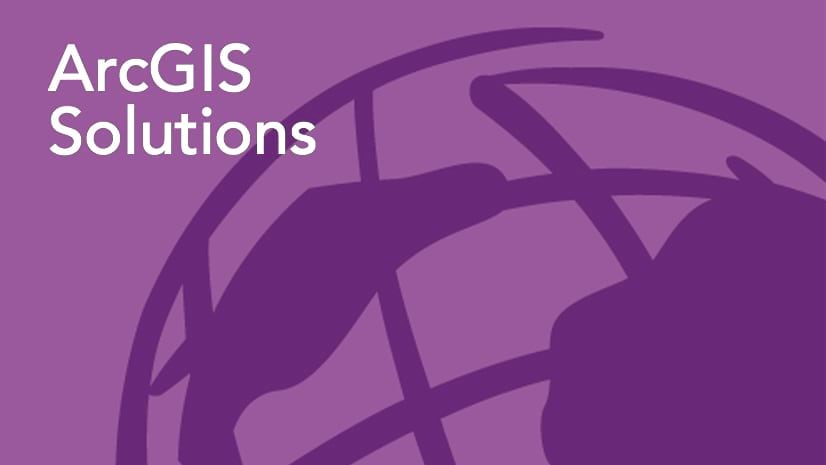

Article Discussion: